One of the most spectacular trekking locations in the world, Bhutan has a whole host of treks through almost virgin landscapes. And while most of the treks are done in the main trekking seasons of spring and autumn, there are also a good number of treks that can be done in the winter too. Winter in Bhutan is not as cold as you might think, and for most of the winter, it is only once you get above around 3,000 meters that you will experience colder temperatures. For those areas around Paro and Thimphu, the winter climate is relatively mild, comparable to late autumn or early spring in the more northerly countries of Europe. And with plenty of treks to give you a good reason to come to Bhutan in the winter, what are you waiting for?
Bhutan Winter Weather and Temperature
While the high mountains of the Himalayas may be cold and snowy in the winter months, there are many parts of Bhutan that never see snow, and which are warm enough for trekking, even in the winter. Winter runs from November to March in Bhutan, and while much of the northern areas of the country will see frost, snow is uncommon below 3,000 meters, and temperatures in Paro, Thimphu, Punakha, and Trongsa range from nine to seventeen degrees, even in the depths of winter, though it can reach temperatures below zero at night in some areas.
Top Four Winter Treks in Bhutan
For those that are thinking of traveling to Bhutan to trek in the winter months, there are four main treks that are the most popular for winter travelers. These four treks give you a great experience of winter trekking in Bhutan, and are well worth coming to Bhutan in the winter for, with their stunning wintry landscapes and beautiful scenery.
Bhutan Samtengang Winter Trek
One of the best treks in winter in Bhutan, this four-day trek in the Wangdue Phodrang District of Bhutan is rated as easy to moderate, and takes you through forests of rhododendron and oak, through the villages of Sha and Chungsakha, and across Bhutan’s longest footbridge. The trek starts at the small town of Khuruthang, which lies around four kilometers to the south of Punakha, and heads first to the village of Limukha, crossing the longest foot suspension bridge in Bhutan. Then it is on to the village of Chungsakha, which lies at just 1,4the village of Chungsakha, which lies at just 1,435 meters above sea level, through dense forests and small side valleys. The route also takes you past the ancient temple used by Drukpa Kuenley in the 15th century.
The third day takes you from Chungsakha to Samtengang, wonderfully scenic trails that take you through stunning pine forests and climbs up to the village on the ridge. After exploring the village for a short time, you will head out through the narrow gorge to the holy lake of Tsho Shokha, and then continue down to the campsite in the valley. Day four is a descent to the suspension bridge that crosses the Bae Chhu, and then a moderate trail that passes through several small villages and deep gorges to the village of Sha, the last point on the trek before driving back to Thimphu.
Bhutan Punakha Winter Trek
A short but adventurous route, the Punakha Winter Trek is a two-day trek that is ideal for those with a limited time to trek in Bhutan. The trek starts from Chamina, a small but beautiful village, and heads out through other small local villages and rice fields towards the Chorten Ningpo, one of the sites linked to the 15th century Drukpa Kuenley, known in Bhutan as the “Divine Madman”.
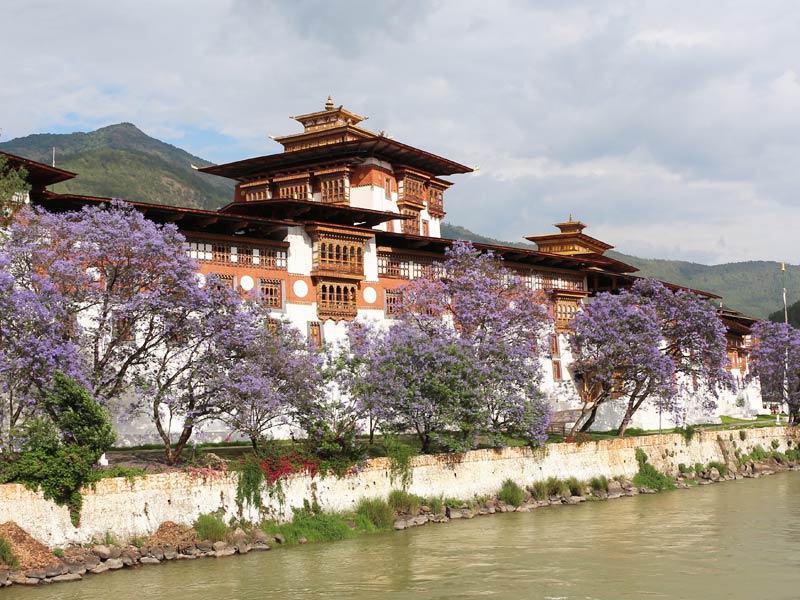
If you have a winter Punakha trek in Bhutan, you will see the famous Punakha Dzong covered by white snow.
After driving to Chamina Village from Thimphu, your trek will start from this delightful little village, past the Phajoding Goemba, towards the Sinchu La Pass, at 3,400 meters. Once across, you follow the trail downhill, through lush pine and rhododendron forests down onto the valley floor, where you will camp in a wide green meadow at the village of Dopshing Pang. The second day of the trek takes you downhill through the valley, through local villages and rice fields, before ascending again through the tree line to Chorten Ningpo, with its stunning views along the valley below. At the site, you can find the Shedrag Goemba, a small monastery with around 60 monks in residence that houses a two-story figure of the Jampa, or “future Buddha”.
Bhutan Sinchula Winter Trek
A three-day trek that takes you out of the Bhutanese capital of Thimphu to the Punakha Trail, this awesome trekking route gives you the chance to explore the ancient trade route used by locals between Punakha and Thimphu. Once heavily used as a major trade route, this trail is now abandoned except for a few locals that still use it to travel, and heads through a deep, narrow gorge with high walls on either side.
The trek starts around 50 minutes drive outside Thimphu, to the northeast, Tat the small Kabisa Village, where you take the farm trail up through the Blue Pine forests to the first campsite at the village of Galapang. On day two, the trek continues uphill to the Sinchu La Pass, at 3,530 meters, which has a small stupa and a lot of prayer flags. After the pass, the trail heads through a small narrow gorge, and then opens out into a meadow below the gorge, where you will camp for the night at Dunshing Pang. The final day of trekking takes you out from Dunshing Pang to the Punakha Trail, which drops down to the longest suspension footbridge, near the village of Limukha. Across the bridge, you continue on to Chorten Ningpo and the Lhakhang in the village, founded in the 15th century. After exploring the temple, the last stretch takes you around an hour to reach the main road, from where you will get picked up and taken back to Thimphu.
Bhutan Nabji Korphu Winter Trek
A stunning six-day trek in one of the most beautiful areas of Bhutan, this easy trek takes you on an enjoyable journey around the scenic areas of Trongsa District. A low-altitude trek that ranges from 1,000 to 1,500 meters, the trek takes you through forests and meadows where you may get to see such awesome local animals as the Golden Langur, Red Pandas, Rhesus Monkeys, and maybe even a Himalayan Black Bear. An intimate experience of local traditional culture, you will stay in the small villages of Nabji, Korphu, and Nyimshong, where you can learn more about traditional Bhutanese cultures.
The trek starts around 2 hours outside Trongsa Town, at the village of Tongtongphey. This is the best stretch to see the rare golden Langurs, and as you cross the suspension bridge over the Mangdi Chhu, you will come into a village of Monpas, the first inhabitants of Bhutan, at Jangbi Village. Day two takes you out of Jangbi and out on the trail to Kudra, which passes the famous stones where the footprints of Guru Rinpoche were embedded into the rocks. After a quick lunch at the Monpa village of Phrumzur, you continue along the trail for an hour to the campsite at Kudra, passing through the Monpa Lekpogang Village along the way.
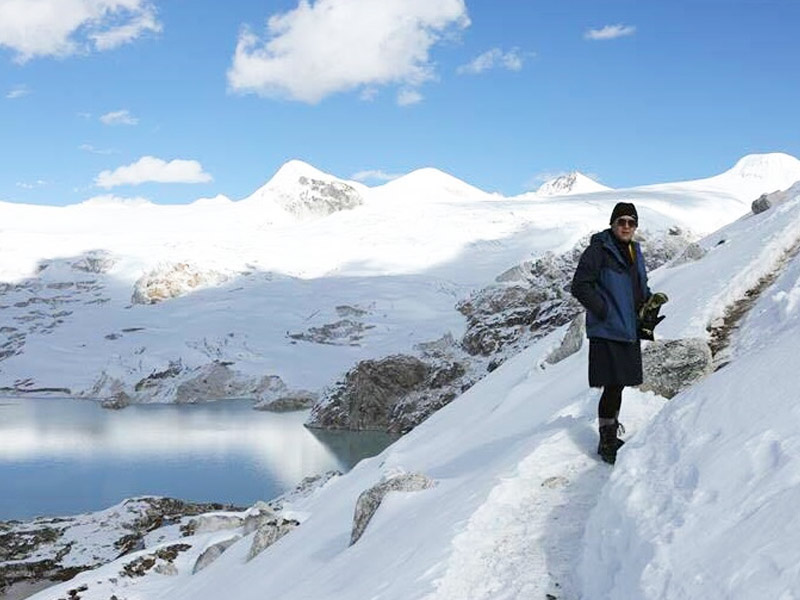
A stunning six-day Nabji Korphu winter trek will bring you to view one of the most beautiful areas of Bhutan.
From Kudra, the trek follows several streams that wind through the valleys, passing by waterfalls and through thick forests to the village of Nabji, with its Holy Tree. There is a good chance that you may get to see many of the wild animals along the trail, as there are black bears, red pandas, clouded leopards, and even tigers resident in the area. From Nabji, the route then goes through rice fields and wide meadows to the village of Korphu, on the hilltop at around 1,500 meters, the highest point of the trek. The local temple in the village also houses the relics of Pema Lingpa, the most famous Terton in Bhutan.
After leaving Korphu, you will pass through an unbelievable meadow area, interspersed with wild streams that are the home to almost 400 species of local birds. A haven for twitchers, the trail soon brings you to the last stop for the night, at Nyimshong Village, with its own amphitheater for the singing and dancing of the local women. The final leg brings you down again to the Mangdi River, where you can see herons on the water, before heading up to climb the steep hill to the road, from where you will be taken back to Trongsa.
Travel Documents Needed for Trekking Bhutan
For any tour to Bhutan, you will first need to have a pre-booked tour with a registered Bhutan tour operator, who will then process your Bhutan visa application. Once the visa has been approved, you will be sent a letter of invitation to use for flight booking and to show at the airport to get the visa stamped into your passport. Your trekking permits are obtained by the tour operator from the Tourism Council of Bhutan, and will be relevant for the areas into which you are traveling for treks. Only tourists with trekking permits can trek in the kingdom. The tour operator will also arrange permits for travel into the different areas of Bhutan where you will be traveling.
What to Pack for Bhutan Winter Trekking tour?
Winter in Bhutan in most places below 3,000 meters is not as cold during the day as you would expect. With daytime temperatures ranging from 9-17 degrees, there is little need for lots of heavy clothing. It is essential to have some good trekking boots, as well as warm woolen socks, lightweight trekking pants, and several layers of tops to add or remove depending on your own body temperature. You will need to have a thicker sweater or fleece jacket for the evenings, as the temperature can drop below freezing, and bring a decent sleeping bag as the nights can get cold when camping. You should also add a good warm hat, sunglasses, sun cream, and lip balm, as the sun can still burn the skin, and winds can chaff lips easily. Gloves and a hat are also a good idea.
.jpg)



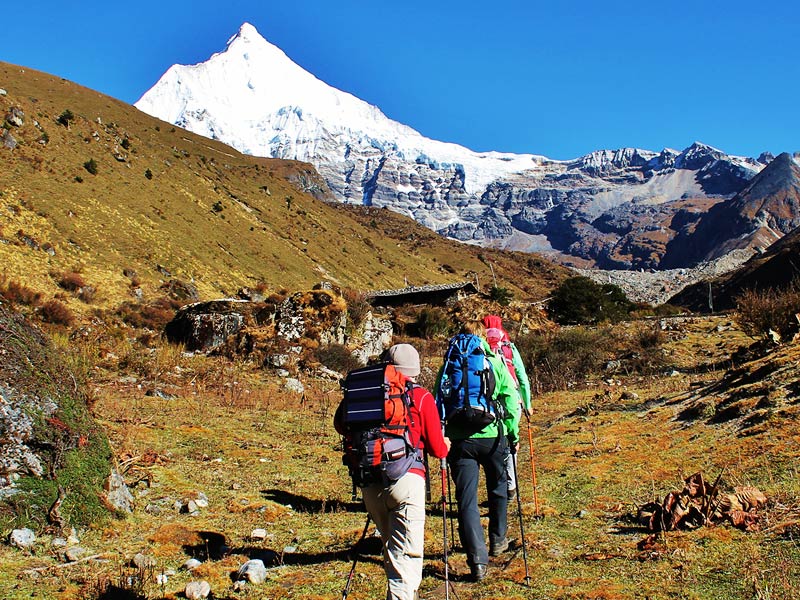
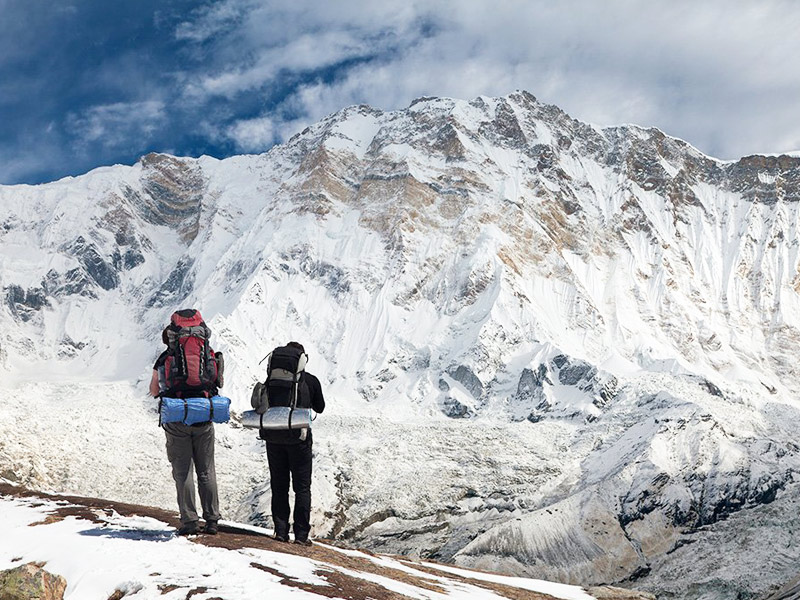

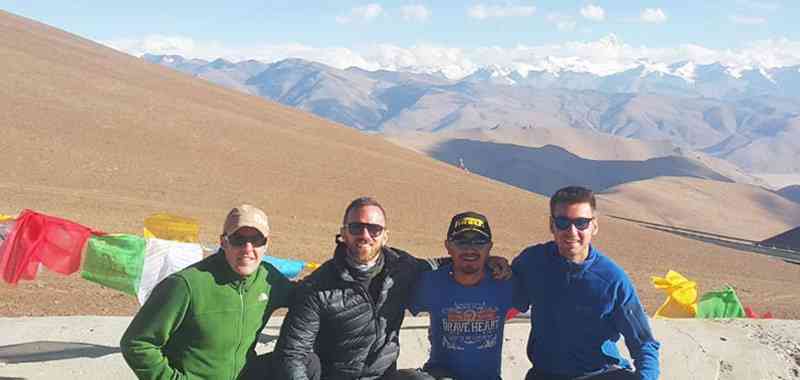
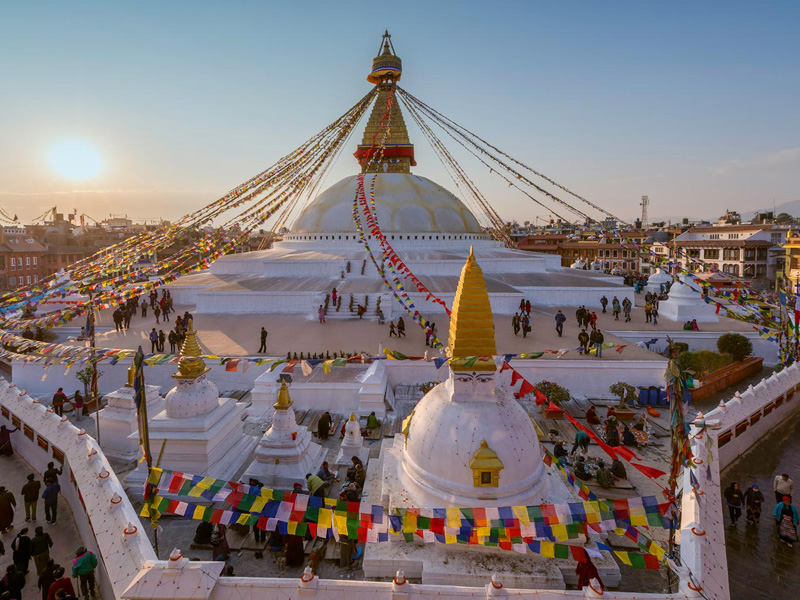
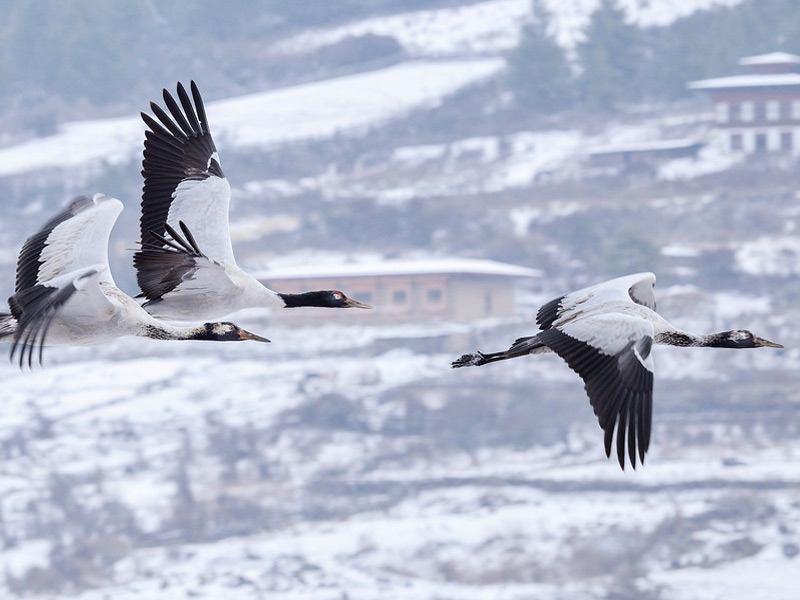
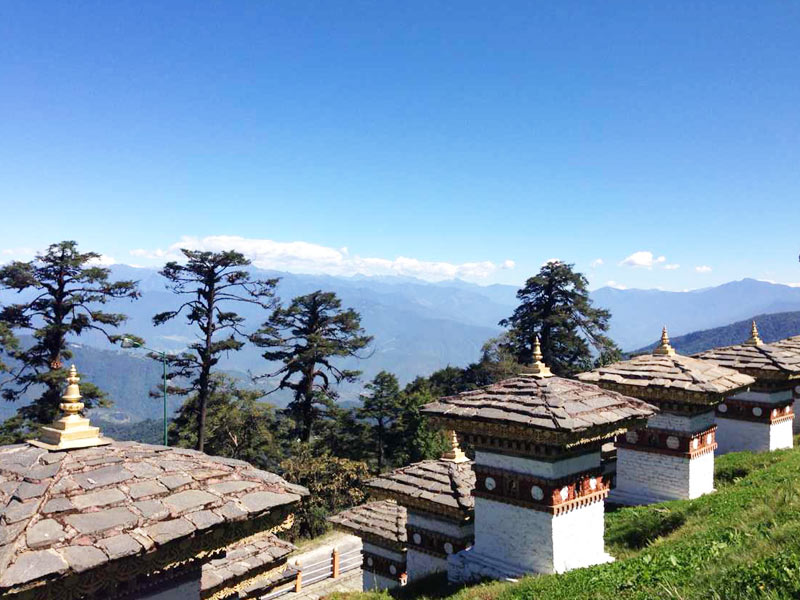






0 Comment ON "Bhutan Winter Trek: what to expect in Bhutan winter trekking"